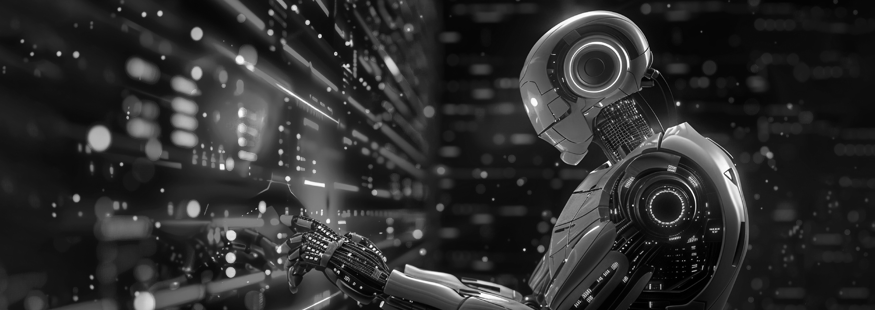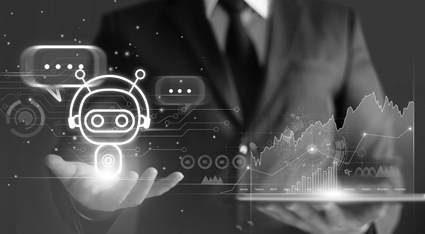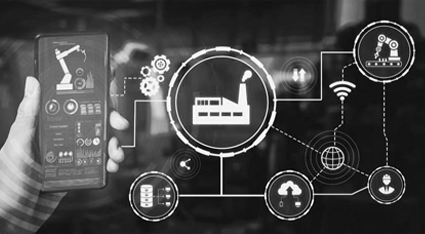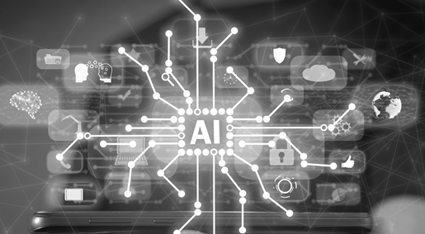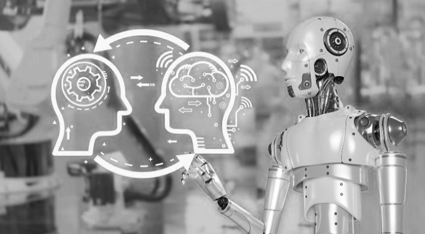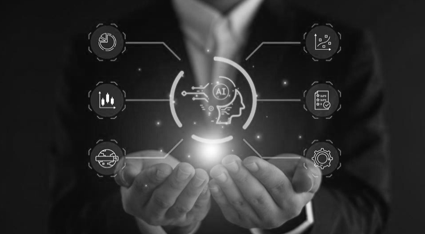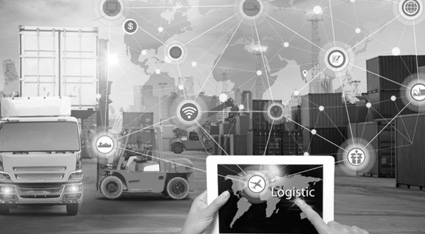The AI-Driven Shift in Enterprise Operations
AI isn’t coming. It’s already here. And in 2025, enterprises that fail to embrace AI-driven automation will struggle to compete. The game is no longer about doing things faster—it’s about doing things smarter.
From predictive analytics to AI-powered process automation, businesses are leveraging technology not just to optimize workflows but to redefine how they operate.
AI and automation aren’t about replacing humans. They’re about amplifying human potential. In 2025, the most competitive enterprises will be those that understand how to merge AI with human expertise.
Key Trends Driving AI and Automation in Enterprises
1. Hyperautomation is Becoming the Standard
Hyperautomation—where AI, robotic process automation (RPA), and machine learning combine to automate end-to-end workflows—is no longer optional. Enterprises are automating complex decision-making processes, from financial forecasting to customer service resolution.
2. AI-Powered Predictive Analytics is Replacing Reactive Decision-Making
Enterprises are shifting from reactive analytics (looking at past data) to predictive insights that help leaders anticipate problems before they happen. AI-powered forecasting tools are enabling businesses to optimize everything from inventory management to employee performance.
3. AI is Transforming the Customer Experience
From AI-driven chatbots to personalized recommendations, customer interactions are becoming smarter and more human-like. In 2025, enterprises that fail to deliver AI-enhanced, hyper-personalized customer experiences will fall behind.
4. AI and Automation Are Reshaping the Workforce
The workforce of 2025 isn’t just about automation replacing jobs—it’s about automation creating new roles. Businesses are upskilling employees to work alongside AI, rather than compete against it.
How Enterprises Can Leverage AI Today
For enterprises looking to future-proof their operations, here’s what’s working in 2025:
→ AI-Driven Workflow Automation
Eliminate bottlenecks and reduce manual work by integrating AI-powered process automation.
→ AI-Powered Decision Intelligence
Leverage AI models that can analyze millions of data points in real-time to improve decision-making.
→ AI-Augmented Workforce Strategies
Create AI-human collaboration models where employees focus on creativity, while AI handles data-driven execution.
Industry-Specific Impact of AI & Automation
AI in Manufacturing
Manufacturers are using AI for predictive maintenance, production planning, and supply chain optimization. AI-driven robotics and automation are reducing downtime and increasing efficiency.
AI in Healthcare
AI-powered diagnostics, robotic surgeries, and automated administrative processes are revolutionizing healthcare. Predictive analytics is improving patient outcomes by detecting diseases earlier.
AI in Retail
AI-driven personalization is transforming customer experiences in retail. Businesses are using AI to analyze customer behavior, optimize inventory, and create personalized marketing strategies.
AI in Financial Services
Banks and financial institutions are leveraging AI for fraud detection, automated trading, and risk assessment. AI chatbots are also improving customer service in the financial sector.
Challenges in AI Adoption & How Enterprises Can Overcome Them
1. Data Privacy & Security Concerns
With AI handling vast amounts of data, enterprises must prioritize cybersecurity and compliance to prevent data breaches.
2. Lack of AI Expertise
Many companies struggle with AI adoption due to a shortage of skilled professionals. Partnering with AI experts and investing in AI training programs can bridge this gap.
3. Integration with Existing Systems
Enterprises often face challenges when integrating AI into their legacy systems. A phased implementation approach and working with AI specialists can ensure a smooth transition.
The Future is AI-First
Enterprises that think AI is “just another trend” will miss out. AI isn’t replacing work—it’s redefining how work gets done.
In 2025, AI-first enterprises will dominate their industries, not just survive.
The question isn’t “should you adopt AI?”
The question is “how fast can you make the shift?”
